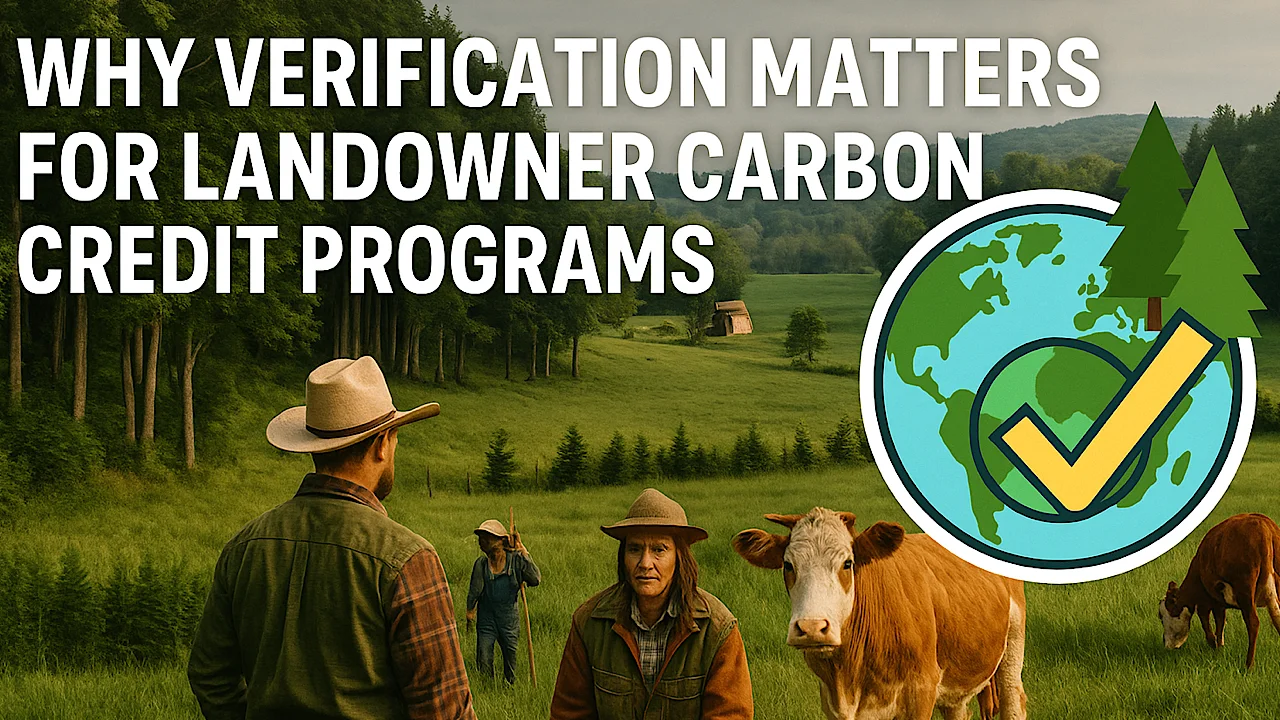
Why “Trust Us” Isn’t Enough: Unpacking the Necessity of Carbon Credit Verification for Landowners
In today’s evolving carbon markets, verification is no longer optional—it’s essential. Landowners and ranchers who invest in sustainable practices without ensuring proper verification risk seeing their efforts devalued, their credits questioned, and future income streams compromised. In a marketplace where credibility defines opportunity, only verified carbon credits are trusted, tradable, and truly impactful.
Poorly verified projects can lead to accusations of greenwashing, financial losses, and permanent damage to reputation. Buyers, investors, and governments are demanding proof—not promises. This means that landowners who cannot clearly demonstrate the authenticity and permanence of their environmental contributions will be left behind as the market shifts toward stricter, higher-paying standards.
Strong verification processes—including independent audits, advanced monitoring technologies, and transparent reporting—protect the value of carbon credits, safeguard landowners from future compliance issues, and open access to premium buyers willing to pay more for guaranteed impact.
If you manage land and are considering a carbon credit program, understanding how verification works—and why it matters—could be the most important step you take for your property’s financial and environmental future.
In this post, we dive into the risks of inadequate verification, the pillars of a strong verification process, and what every landowner needs to ask before joining any carbon credit initiative.
The Hidden Risks of Poor Verification
For landowners and ranchers entering the carbon credit market, the opportunity is clear: get rewarded for protecting and restoring nature while contributing to global climate solutions.
But without credible, ongoing verification, that opportunity is built on shaky ground—and in today’s market, the risks are too great to ignore.
Here’s exactly what’s at stake when verification fails:
- Greenwashing Scandals:
Unverified or poorly verified credits are a major cause of greenwashing—a practice where environmental benefits are exaggerated or fabricated.
According to a 2023 study by Carbon Market Watch, nearly 29% of carbon credits assessed were linked to projects lacking real, verifiable climate impact. This tarnishes not just individual landowners but the entire industry.
For landowners, association with unverifiable projects can destroy hard-earned reputations as responsible stewards of the land. - Devaluation of Credits:
In the carbon marketplace, trust equals value.
Verified credits can fetch 20% to 50% higher prices compared to credits from projects with questionable or incomplete verification processes (source: Ecosystem Marketplace, 2024).
Projects without rigorous verification often find their credits blacklisted, sharply discounted, or even deemed invalid by buyers and regulatory bodies. - Loss of Trust and Market Access:
Today’s buyers—ranging from multinational corporations to national governments—are demanding full transparency.
A 2024 Forest Trends survey found that 92% of carbon credit buyers are actively shifting their portfolios toward programs with third-party verified, registry-listed credits.
Without trusted verification, landowners risk being shut out of premium markets, severely limiting income opportunities now and in the future.
Bottom Line:
If your credits aren’t rigorously verified, they could lose value, damage your reputation, and close doors to the fastest-growing sectors of the carbon economy.
What Makes Carbon Credit Verification Credible For Landowners?
Ensuring that a carbon credit represents real, measurable, and lasting climate impact requires much more than good intentions. Credibility in carbon credits isn’t accidental; it’s built upon a foundation of rigorous processes and scientific rigor. 1 It demands a robust, science-backed verification framework—one that guarantees transparency, credibility, and permanence. 2 Here are the essential pillars of credible carbon credit verification:
Here are the 4 essential pillars of credible carbon credit verification:
Independent verification is non-negotiable.
Professional third-party auditors—such as accredited firms following Verra, Gold Standard, or ISO standards—validate project data, ensuring objectivity and preventing conflicts of interest.
Projects that undergo independent audits are 74% more likely to maintain premium credit prices compared to self-reported projects (source: World Bank Carbon Markets Report, 2023).
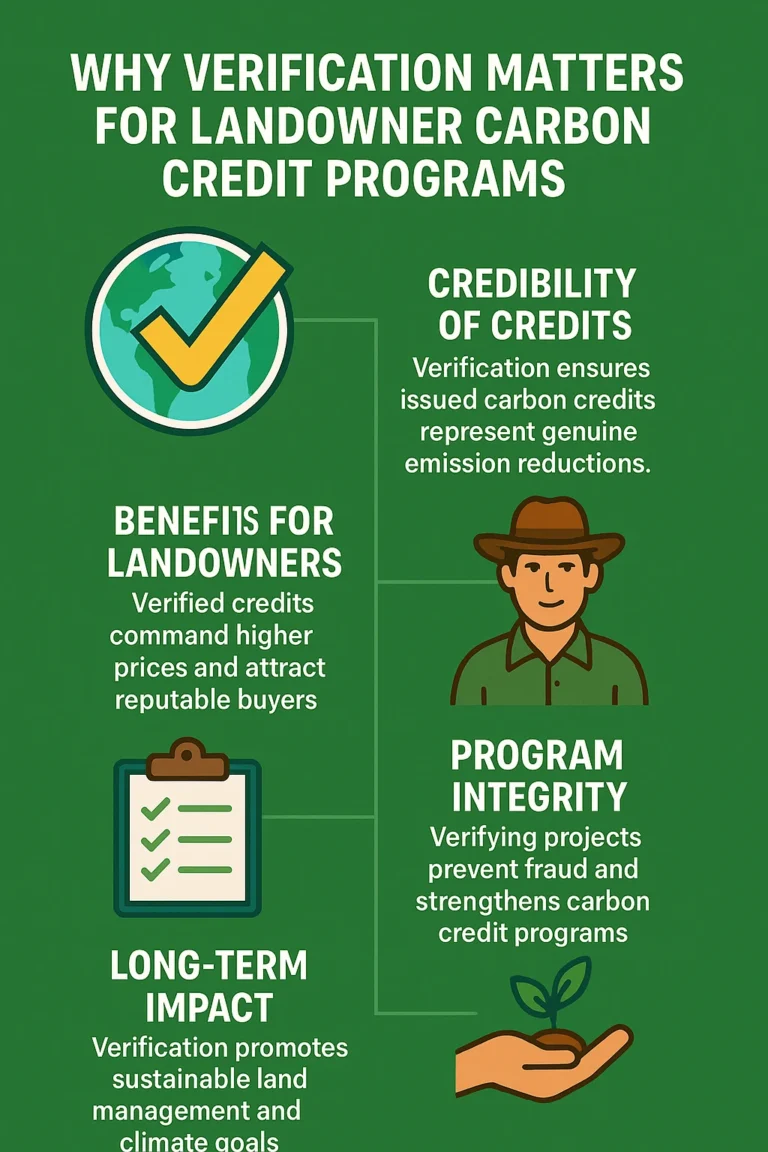
2. Standardized Measurement Methodologies
Verified carbon credits are based on rigorous, science-driven methodologies.
Examples include the Verified Carbon Standard (VCS) for forestry or ARR methodologies for reforestation.
Projects using standardized methodologies ensure that carbon sequestration or emissions reductions are quantifiable, replicable, and verifiable over time—boosting market confidence.
3. Transparent Reporting
Transparency is critical for long-term success.
Verified results must be publicly accessible through leading registries like:
- Verra Registry
- Gold Standard Impact Registry
- ART TREES Platform
This traceability ensures that every credit is accounted for from landowner to end buyer, reducing the risk of double-counting or fraud.
4. Regular Monitoring and Real-Time Updates
Verification isn’t a one-time event—it’s an ongoing commitment.
Carbon stock changes, land use practices, and ecosystem health must be continuously monitored and updated to reflect the dynamic nature of living landscapes.
Emerging technologies such as satellite imagery, remote sensing, GIS integration, and AI modeling are revolutionizing monitoring, ensuring higher accuracy with lower costs.
A project that combines initial third-party audits with continuous remote verification is positioned for maximum credibility, stability, and profitability.
Project Hurt by Bad Verification:
- Many REDD+ (Reducing Emissions from Deforestation and Forest Degradation) Projects (Various Locations, including the Amazon and Southeast Asia): Several reports and studies have highlighted issues with the verification of some REDD+ projects. For example, research has indicated that some projects were credited for avoided deforestation that wouldn’t have occurred anyway (lack of additionality), or that the claimed emission reductions were significantly overestimated.1
- The Impact: This “phantom” carbon offsetting allows companies to claim emissions reductions that haven’t actually happened, undermining the goal of mitigating climate change.2 It can also lead to a loss of trust in carbon markets and potentially harm local communities if promised benefits don’t materialize due to a lack of real impact or flawed project design.3 Some projects have also been linked to human rights abuses and land grabbing, further highlighting the negative consequences when verification fails to adequately assess social safeguards.4
- Australian Human-Induced Regeneration (HIR) Projects: Research from Australian National University in late 2024 revealed “widespread non-compliance and poor performance” in a large number of HIR projects. The study found that many credited areas were on land that had never been comprehensively cleared or already had forest cover, meaning the projects weren’t actually regenerating new forests and the credited sequestration was far higher than observed canopy cover changes.5
- The Impact: This calls into question the validity of the carbon credits generated and used by the Australian government to meet climate targets, suggesting a significant overestimation of emissions reductions.
Project Benefiting from Strong Verification:
- Gold Standard Certified Projects (Various Locations, e.g., Clean Cookstove Projects in Africa): The Gold Standard is often cited as an example of a rigorous verification standard that goes beyond just carbon reductions to include sustainable development benefits.6 Clean cookstove projects certified by the Gold Standard, for instance, not only reduce greenhouse gas emissions by decreasing the burning of wood and fossil fuels but also improve air quality, reduce health issues (especially for women and children), and can create local jobs.7
- The Impact: The strong verification process ensures that the claimed emission reductions are real and that the co-benefits are also being delivered and monitored.8 This builds trust among buyers and stakeholders, leading to greater investment and a more positive impact on both the climate and local communities.9
- Verified Carbon Standard (VCS) Certified Projects (Well-Implemented Forestry and Renewable Energy Projects): While the VCS has also faced scrutiny in some cases (as noted in the “bad verification” examples), many projects certified under robust VCS methodologies, particularly in forestry (reforestation, improved forest management) and renewable energy, benefit from its framework. VCS requires projects to demonstrate additionality, permanence, and undergo third-party verification.10
- The Impact: When implemented correctly and rigorously verified, VCS certification provides a level of assurance to buyers that the carbon credits represent genuine emissions reductions or removals.11This can attract more investment and support for projects that are truly contributing to climate mitigation.
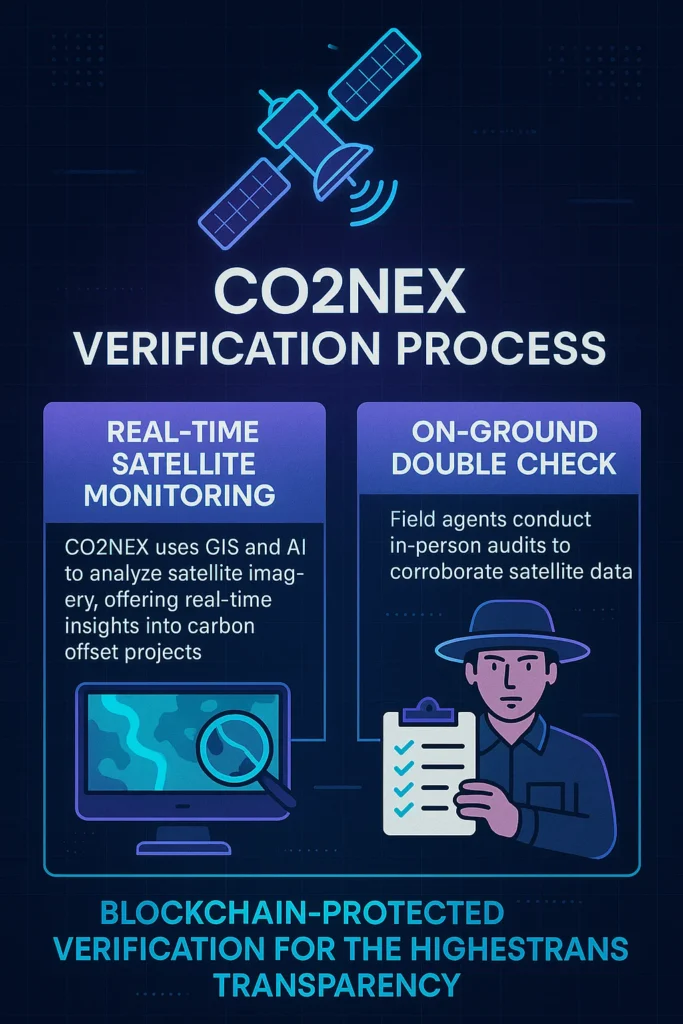
How Technology Is Transforming Carbon Credit Verification For Landowners and Businesses
For decades, carbon credit verification relied heavily on manual site visits and paperwork—methods that are expensive, slow, and often opaque. But the landscape is evolving.
Emerging platform technologies like CO2NEX, are revolutionizing how we verify land-based carbon projects:
- Satellite-Based Remote Sensing
Provides real-time, high-resolution imagery to track changes in vegetation, soil, and land use over vast areas. - Geospatial Data Analytics
Enables advanced modeling to calculate carbon stock changes with greater accuracy and less subjectivity. - AI & Machine Learning
Processes massive datasets quickly and flags anomalies or risks in project performance. - Blockchain-Ledger Verification
Some platforms now use blockchain to create tamper-proof records of verification and transaction history.
Together, these innovations are setting a new bar for trust, speed, and scalability.
Smart Questions Landowners Should Be Asking
Before committing your land to a carbon program, ask:
- Who verifies this project, and are they independent?
- Which standard is used (Verra, Gold Standard, etc.)?
- How is carbon data collected—manual, satellite, or both?
- What happens if there’s a discrepancy in results?
- How often will my project be monitored and re-verified?
- Will I be able to see or access the data used in verification?
If these questions aren’t met with clear, confident answers—walk away.
The Future of Carbon Credit Integrity Starts With Verification
As carbon markets scale globally, the integrity of every credit will define the success of every program. Buyers are demanding more proof. Regulators are stepping in. And landowners who choose verified, transparent programs will win—economically and ethically.
At CO2NEX, we believe that verification should empower landowners, not confuse them. That’s why we’re building systems that harness data, transparency, and global standards—without overwhelming the people protecting the planet.
Ready to Secure Verified Revenue from Your Land?
Trustworthy carbon credits start with choosing the right program.
Landowners anywhere in the world can begin by filling out CO2NEX’s quick, no-obligation form:
https://forms.gle/xyrxmsZmD25KxjwU6
We’ll guide you through every step—from project design to verified credit sales—at no upfront cost.
Contact us today to get started.
- All Posts
- Blog
- Carbon Credit Education
- Carbon Credit Verification for Landowners
- Carbon Markets & Climate Solutions
- Climate Solutions
- Green Income Opportunities for Landowners
- Sustainability & Green Finance
- Sustainable Land Use & Agriculture

Learn why carbon credit verification for landowners matters. Build trust, boost credit value, and avoid greenwashing with transparent verification.
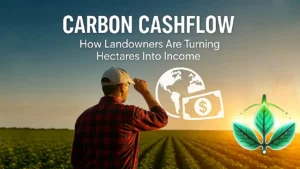
Carbon credit programs for landowners: Learn how to profit sustainable land use. Includes registration, earnings, verified platforms like CO2NEX.
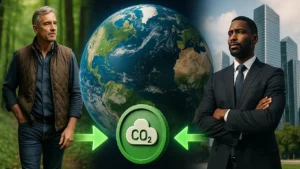
Learn how carbon credits for landowners & companies connect to fight climate change. CO2NEX makes it transparent, fair & impactful...
